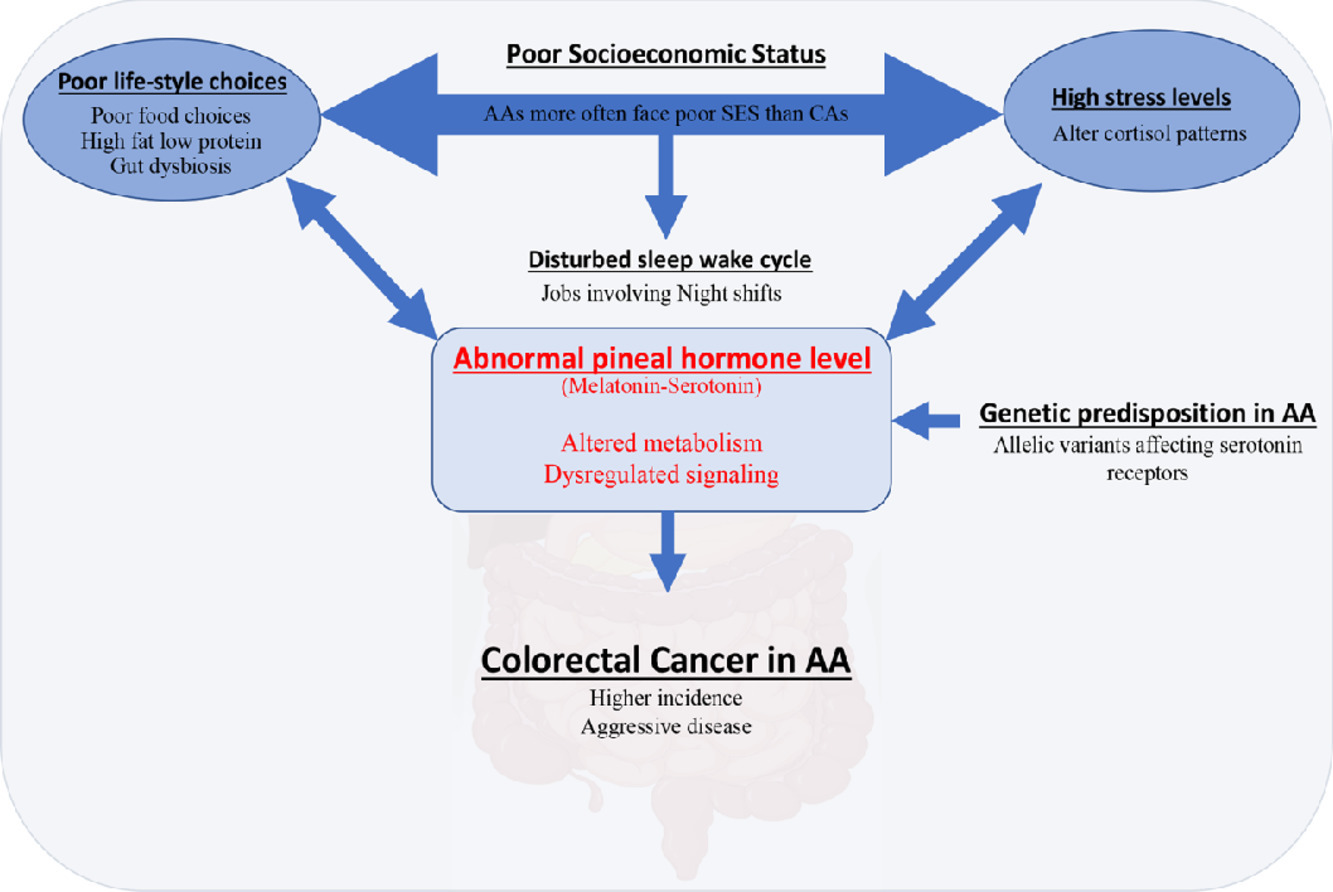Epigenetics of Stress and Stress Disorders
Volume 31 in Translational Epigenetics
2022, Pages 19-26
Ecosystem-Based Adaptation: Approaches to Sustainable Management of Aquatic Resources, 2022, pp 39-104
Colorectal cancer (CRC) is the third leading cause of cancer-related deaths in the United States. Despite increased screening options and state-of-art treatments offered in clinics, racial differences remain in CRC. African Americans (AAs) are disproportionately affected by the disease; the incidence and mortality are higher in AAs than Caucasian Americans (CAs). At the time of diagnosis, AAs more often present with advanced stages and aggressive CRCs, primarily accounting for the racial differences in therapeutic outcomes and mortality.

